Built to mold the young minds of Columbus, the following schools have since been abandoned, or provide public or private services . .
In addition, traces of the schools past, historical markers, cornerstones, and Sanborn map images have been added to further inform on the school's rich history.
6. Secondary Industrial School
The Secondary Industrial School of Columbus, Georgia, was established in response to the demand of the people for a more practical and useful education . . . It is a school of the people, maintained by the people, and for all classes of people. - Carleton B. Gibson
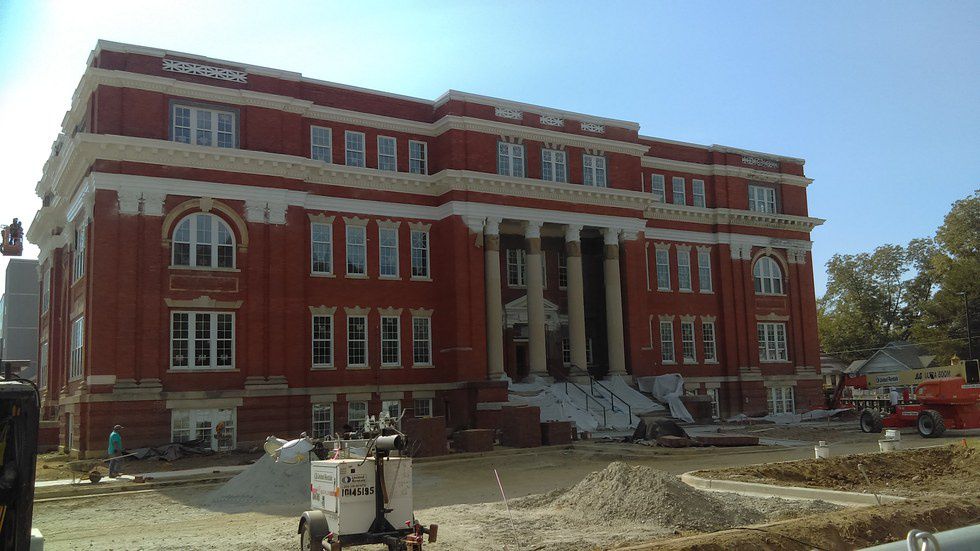
Constructed in a Beux Arts style, Second Industrial School was the first in the nation to combine vocational and academic courses in a public school.
Operating from 1906 to 1937, Secondary Industrial School became Columbus Junior High School in 1939, after the opening of Jordan Vocational High School, and operated in that capacity until 1978. From 1991 to 2013, it housed the districts's Academic Success Center, as per the Ledger-Enquirer.
The building is currently being turned into senior citizen apartments.
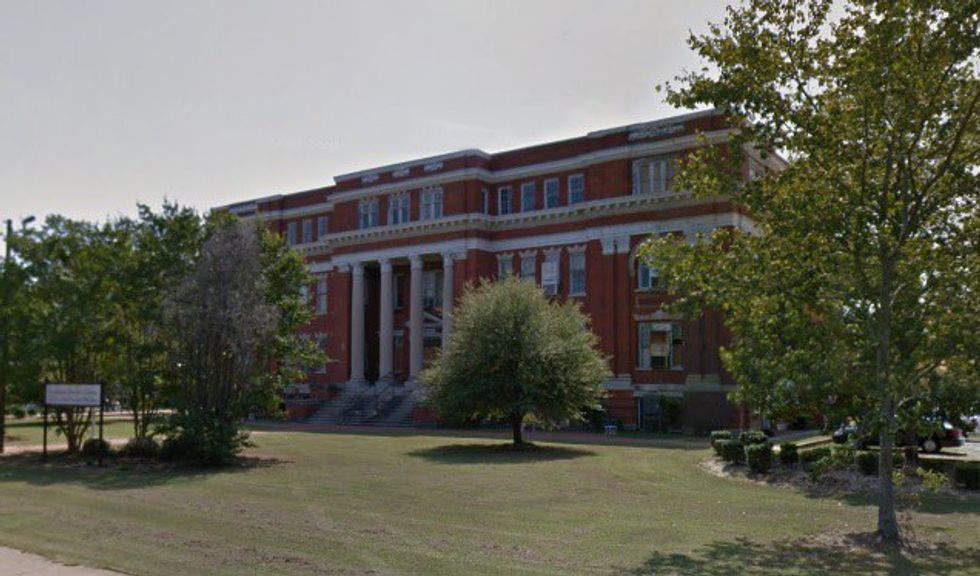
Google Map image of the building when it was still running as an Academic Success Center, before construction of a senior citizen apartment complex began.
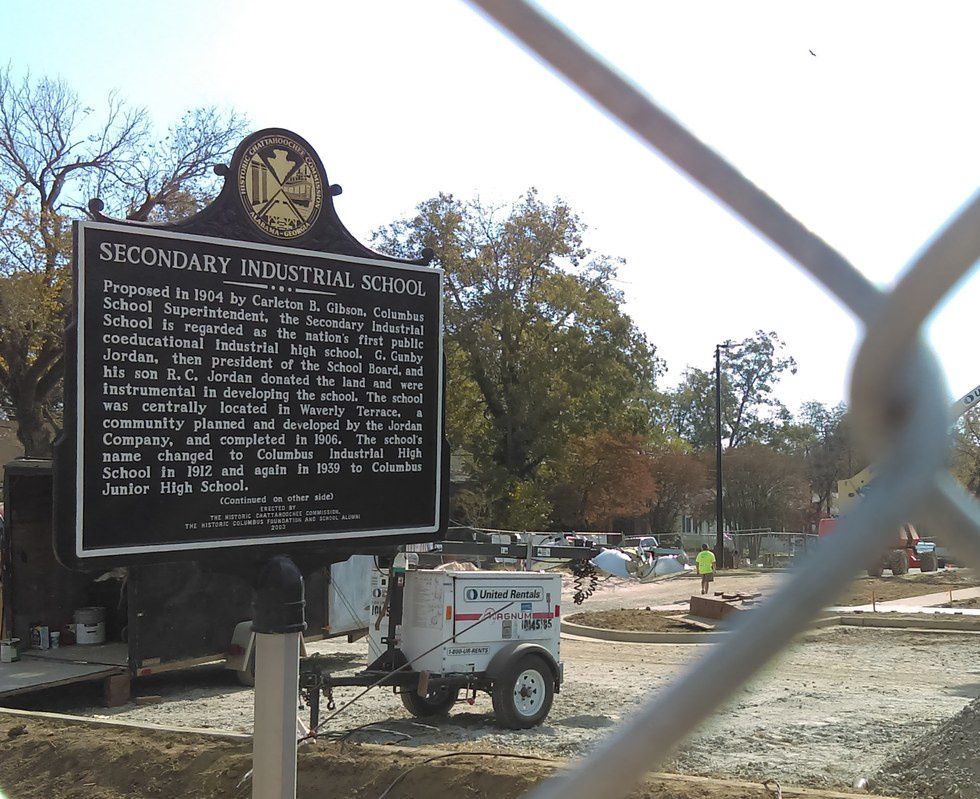
Proposed in 1904 by Carleton B. Gibson, Columbus School Superintendent, the Secondary Industrial School is regarded as the nation´s first public coeducational industrial high school. G. Gunby Jordan, then President of the School Board, and his son R. C. Jordan donated the land and were instrumental in developing the school. The school was centrally located in Waverly Terrace, a community planned and developed by the Jordan Company, and completed in 1906. The school´s name changed to Columbus Industrial High School in 1912 and again in 1939 to Columbus Junior High School.
Erected by the Historic Chattahoochee Commission, the Historic Columbus Foundation and School Alumni, 2003
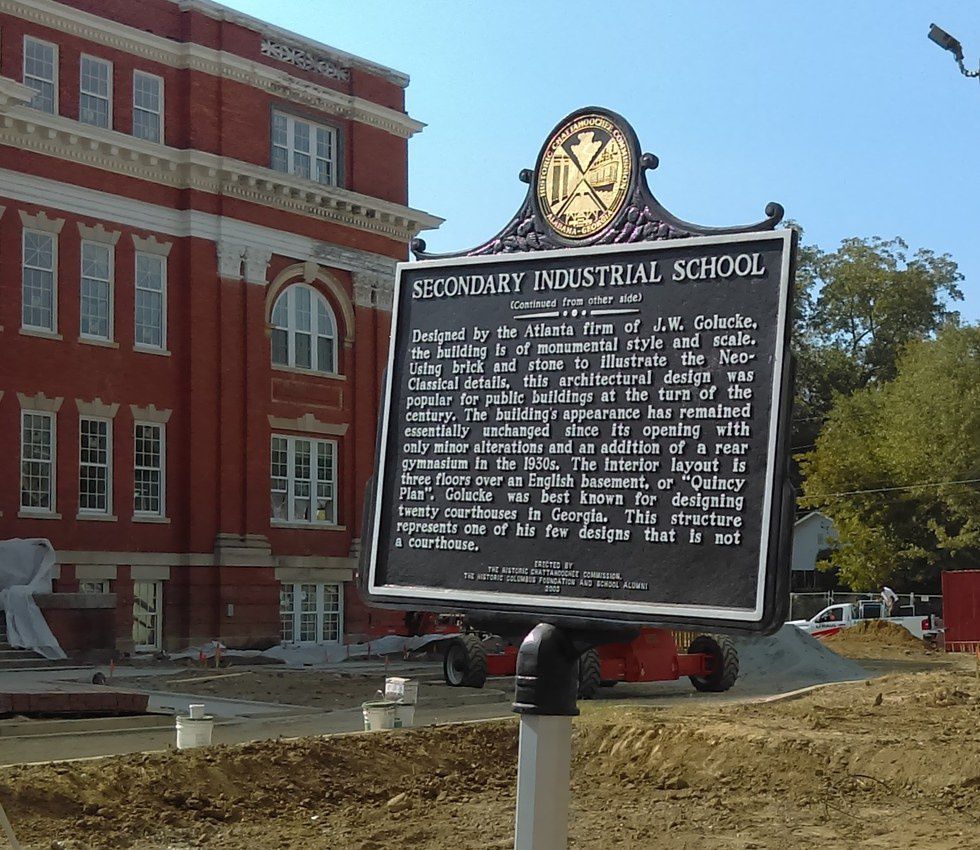
Designed by the Atlanta firm of J. W. Golucke, the building is of monumental style and scale. Using brick and stone to illustrate the Neo-Classical details, this architectural design was popular for public buildings at the turn of the nineteenth century. The building´s appearance has remained essentially unchanged since its opening with only minor alterations and an addition of a rear gymnasium in the 1930s. The interior layout is three floors over an English basement, or "Quincy Plan." Golucke was best known for designing twenty courthouses in Georgia. This structure represents one of his few designs that is not a courthouse.
Erected by the Historic Chattahoochee Commission, the Historic Columbus Foundation and School Alumni, 2003
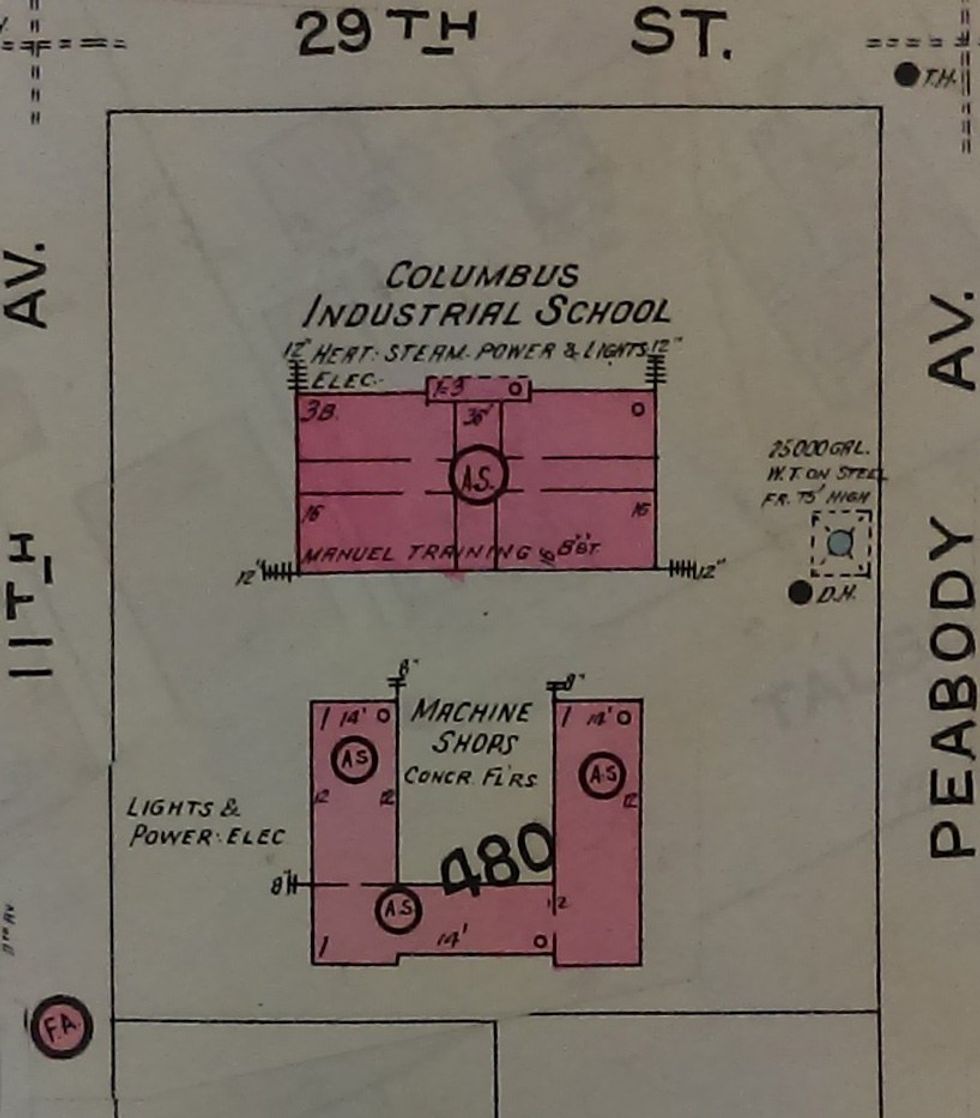
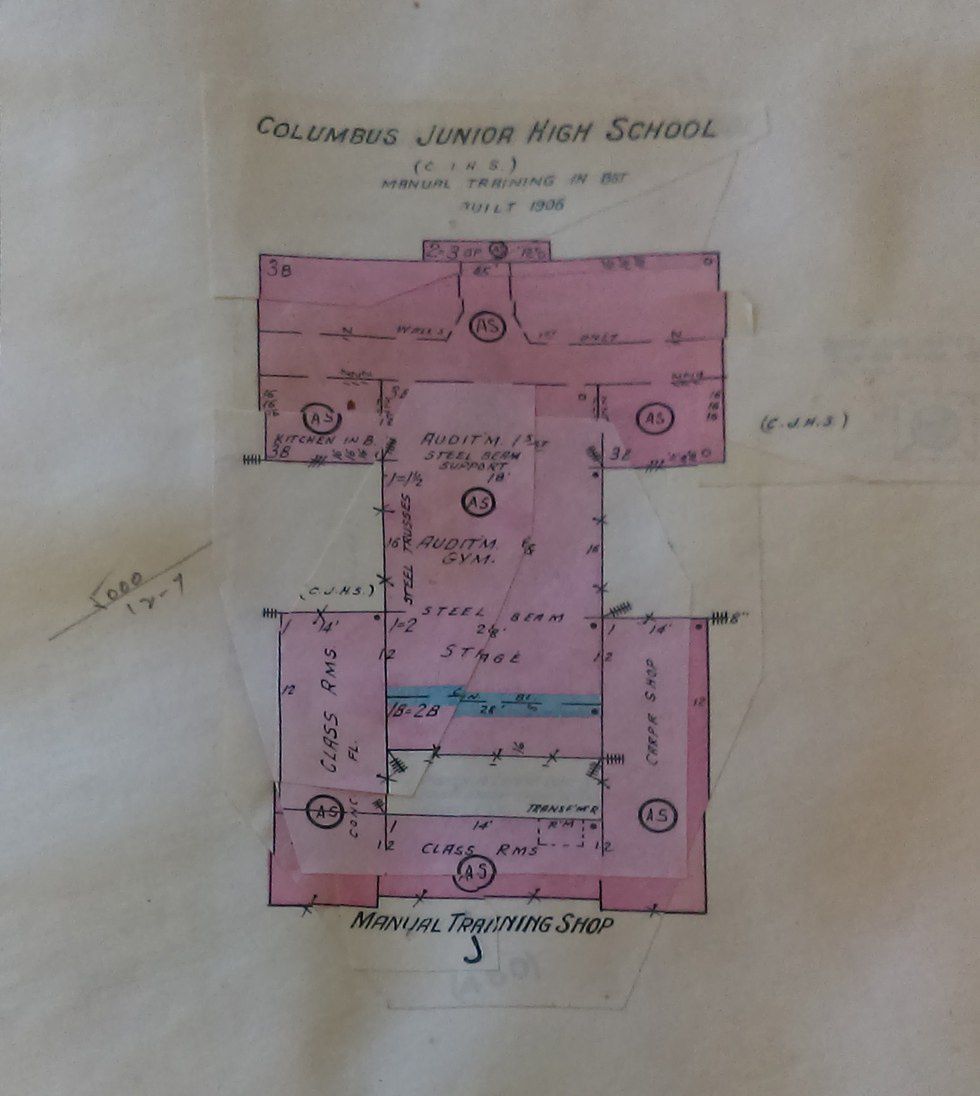
Second Industrial School was added to the National Register of Historic Places in April 9, 1980.
Additional imagery of the structure can be found here.
5. Fifth Avenue School
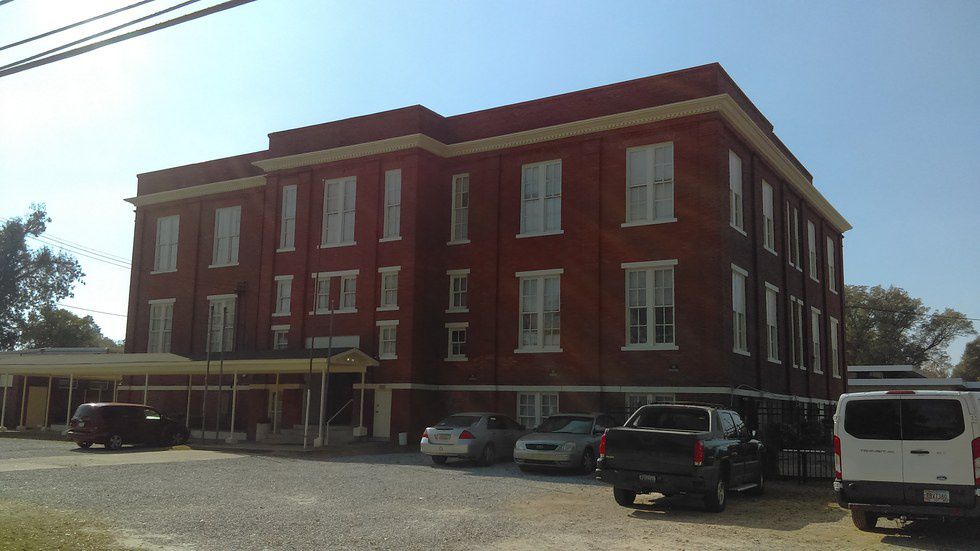
An elementary school built in 1908 for African-Americans, called the “low” school by children who came downtown from Claflin to complete grades five through nine. Ninth grade was the last year of education for blacks until Spencer High School opened. - Black Heritage Trail
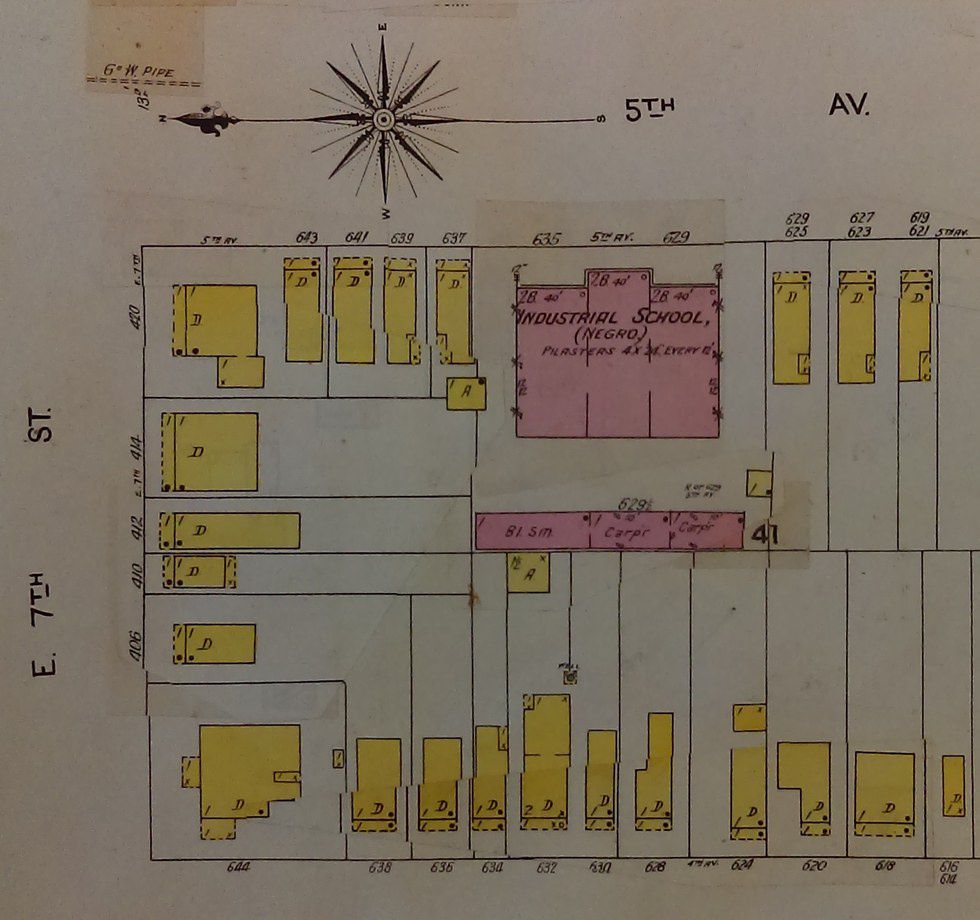
The building now houses a branch of Modern Free & Accepted Masons.
4. Seventh Street School
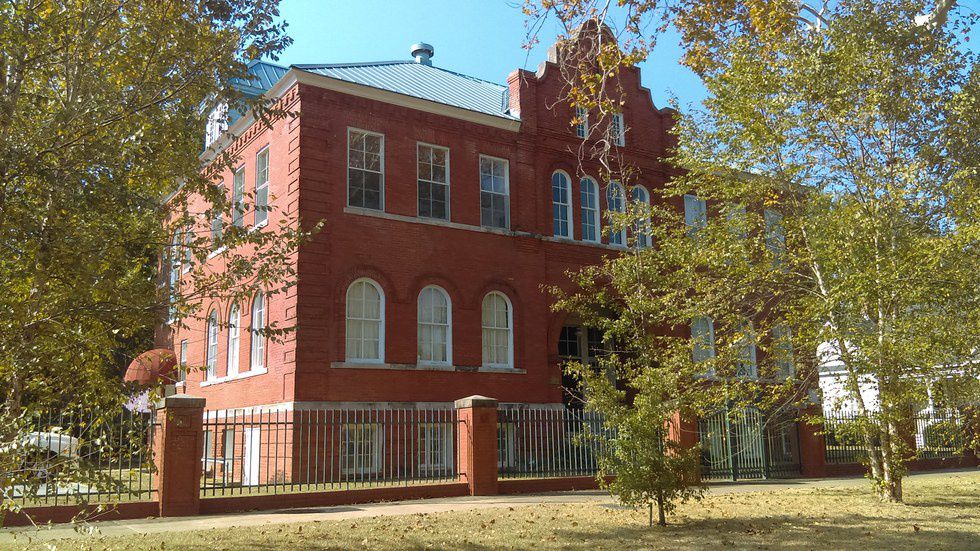
In beautiful condition and usually accessible to the pubic, the building's stairwells contain photographs of class portraits of yesteryear and art by individuals working out of its many spaces.
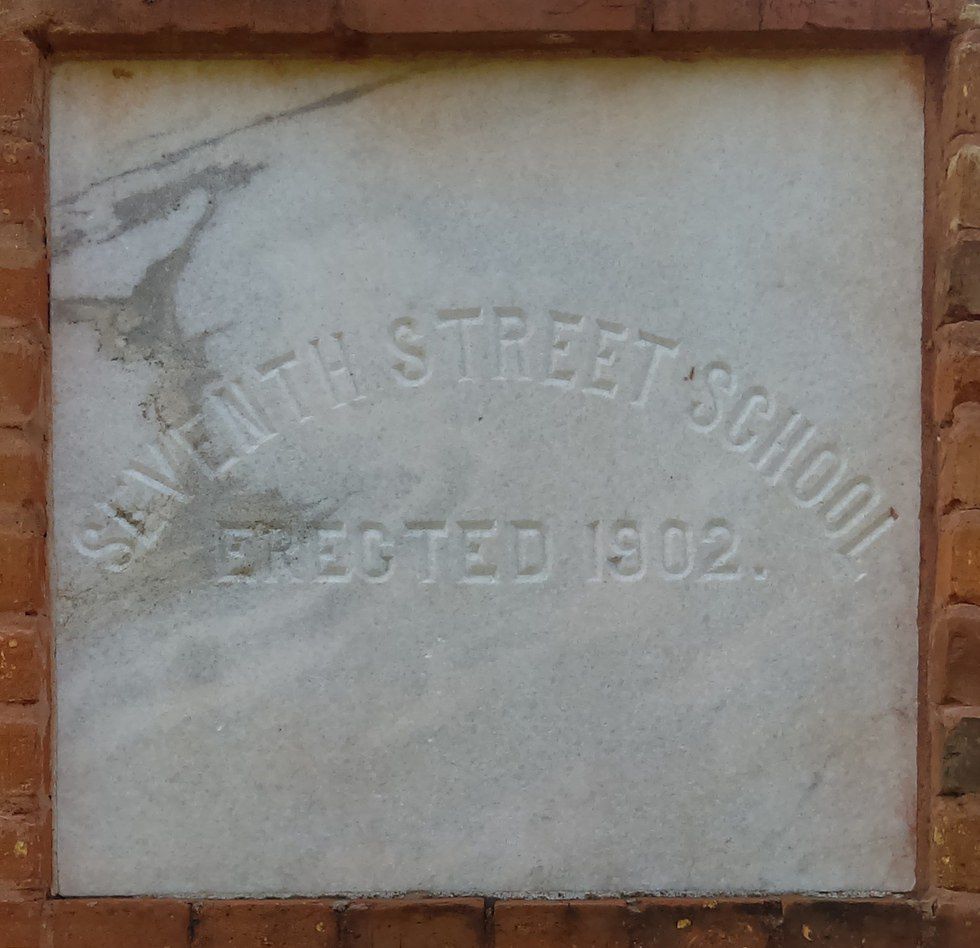
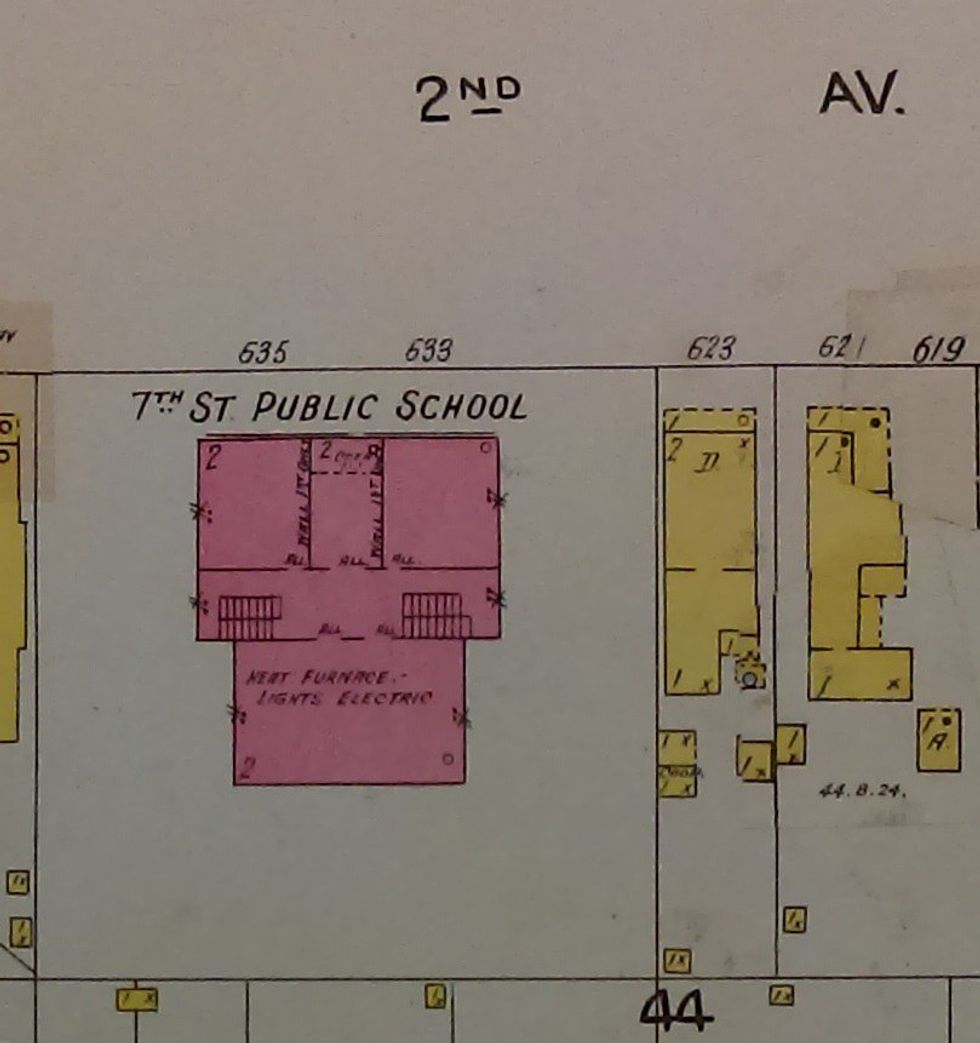
Seventh Street Public School now houses private studios and The Art of Yoga.
3. William H. Spencer High School
10th Avenue at Lummas Industries; Historic Marker. On this site was the first high school for African-Americans in Columbus. It was named for William H. Spencer, the first supervisor of the elementary schools for African-Americans. Spencer High School served as the first voting precinct in Muscogee County to use black poll workers.- Black Heritage Trail
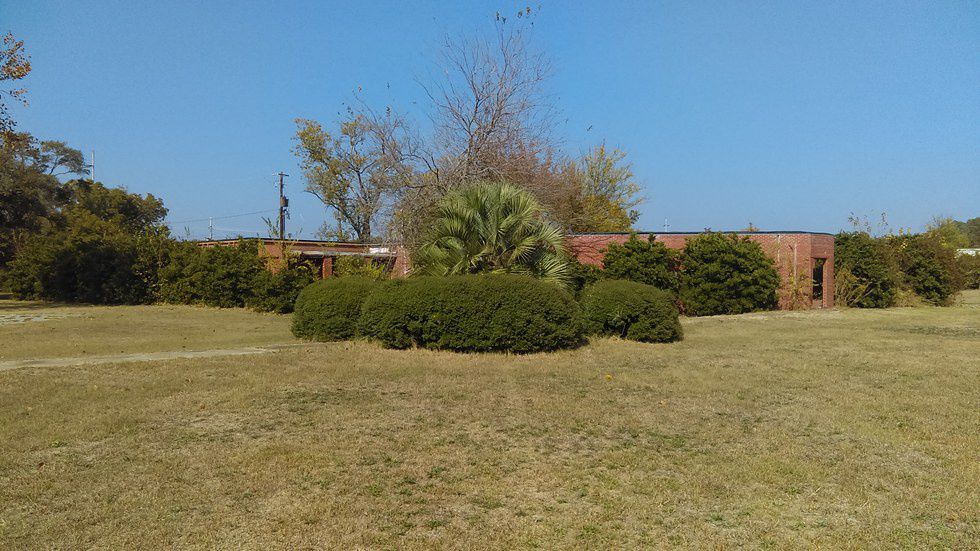
It was the only high school in Columbus to have ever been at three locations.
The first Spencer High School was built on 10th Avenue at 8th Street. This building remained until it was destroyed by fire. The building was the home of Marshall Junior High School until it burned.
The second Spencer High School, relocated in 1953, was located at 1830 Shepherd Drive (now Marshall Middle School). - School History
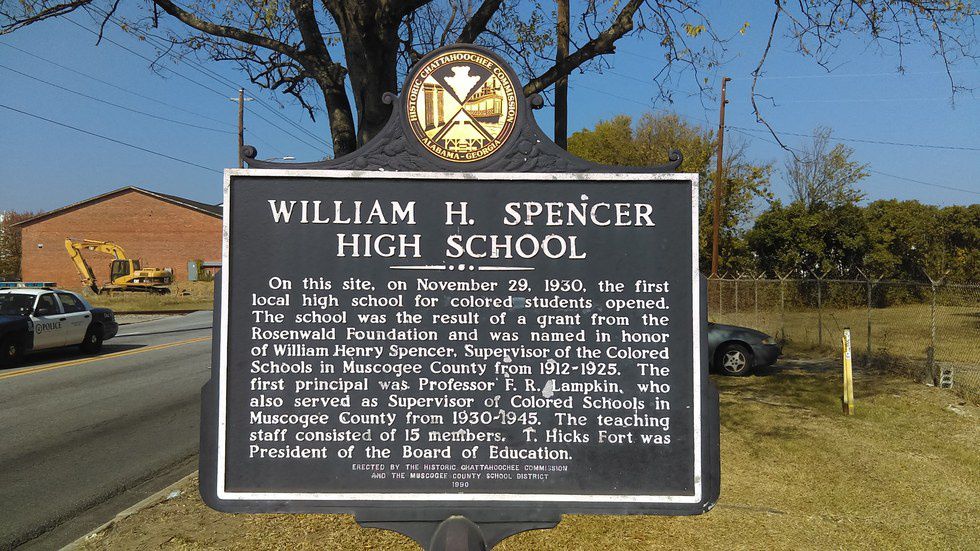
On this site, on November 29, 1930, the first local high school for colored students opened. The school was the result of a grant from the Rosenwald Foundation and was named in honor of William Henry Spencer, Supervisor of the Colored Schools in Muscogee County from 1912-1925. The first principal was Professor F. R. Lampkin, who also served as Supervisor of Colored Schools in Muscogee County from 1930-1945. The teaching staff consisted of 15 members. T. Hicks Fort was President of the Board of Education.
Erected by the Historic Chattahoochee Commission and the Muscogee County School District, 1990
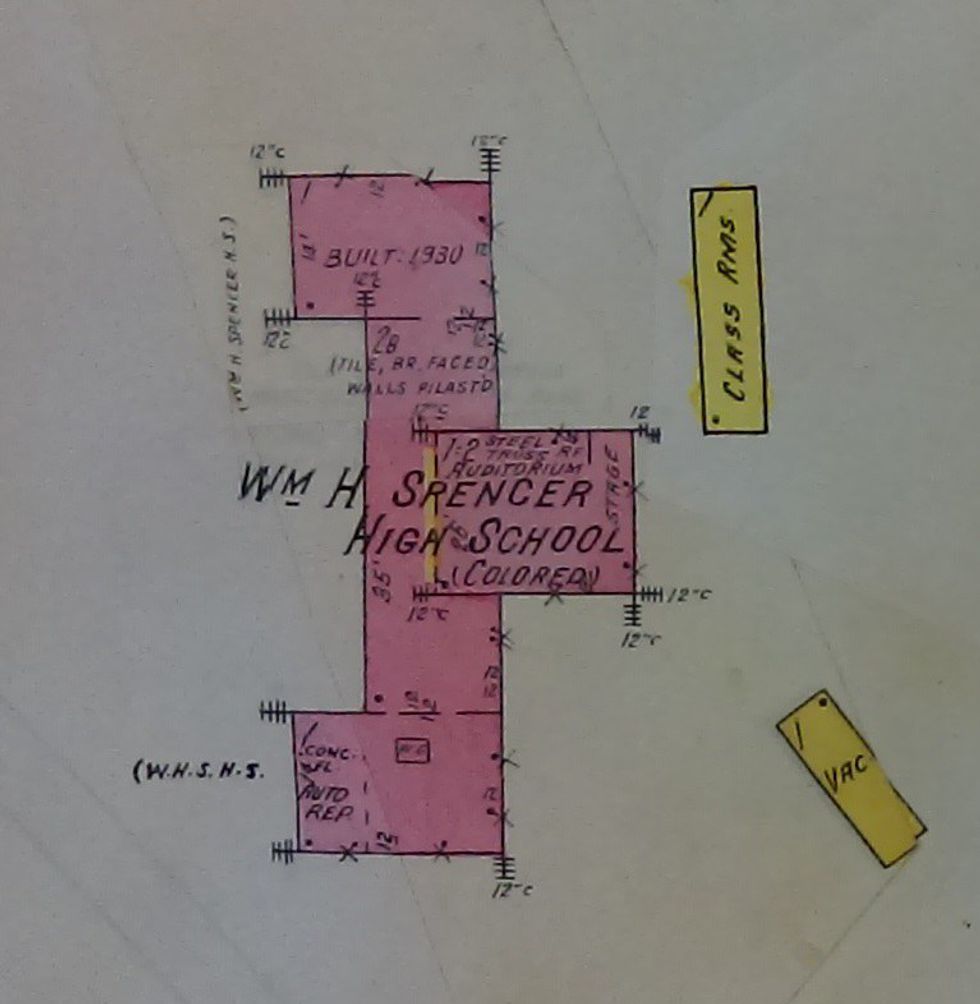
2. The McIlhenny School
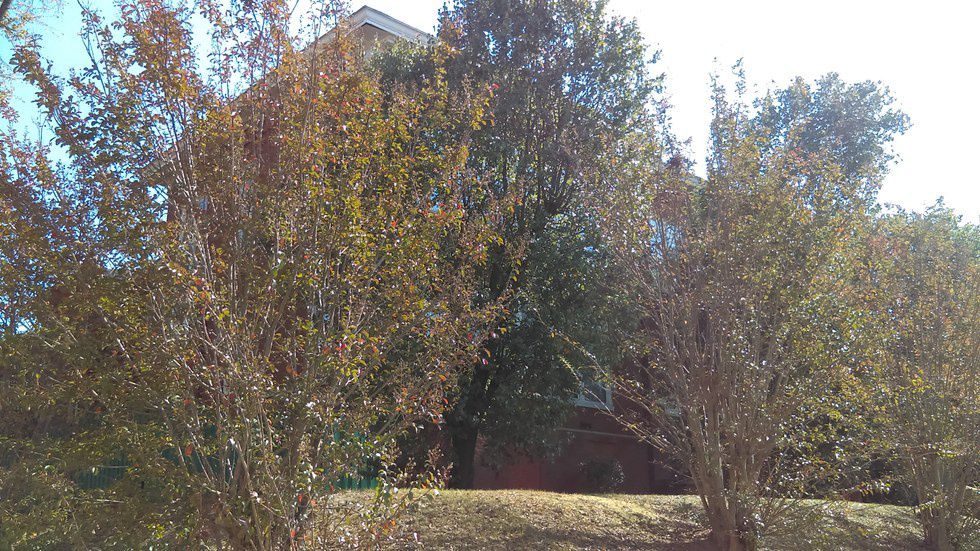
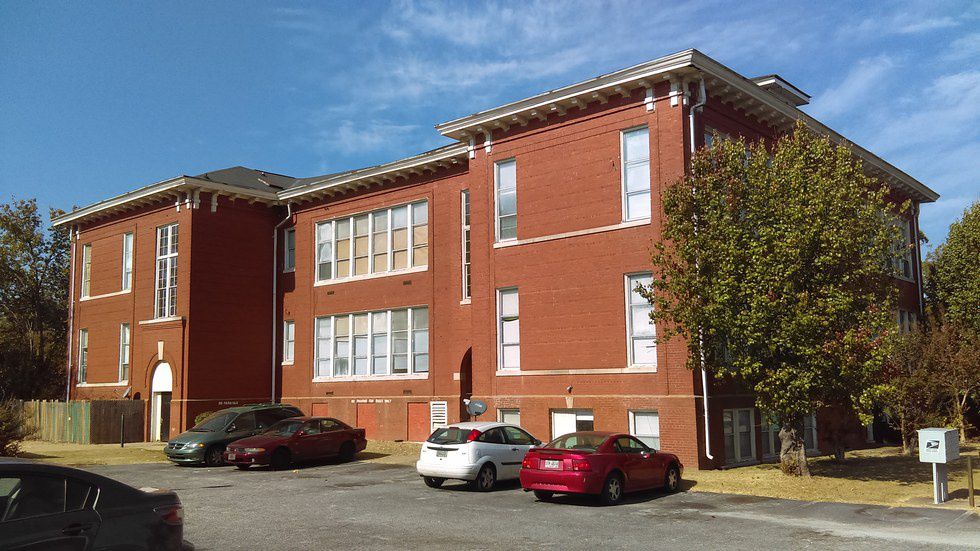
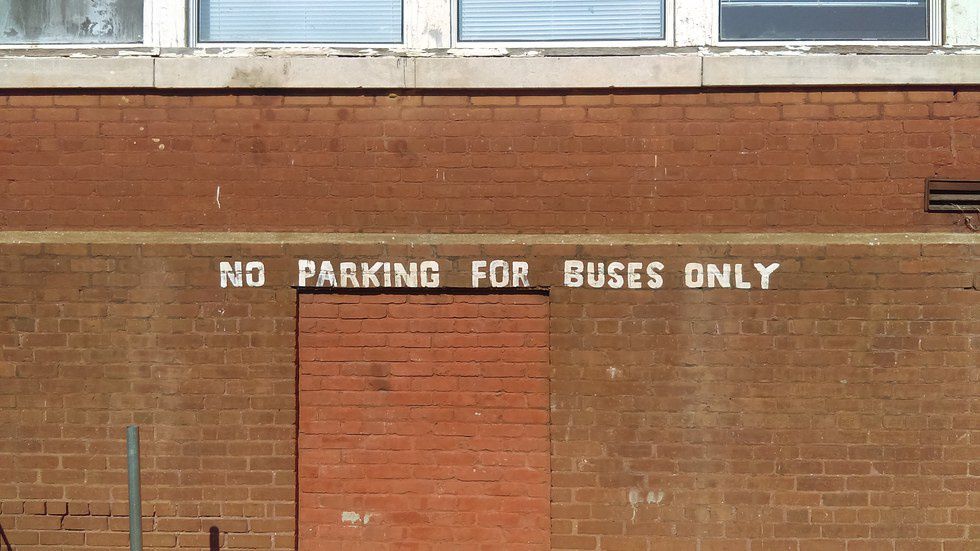
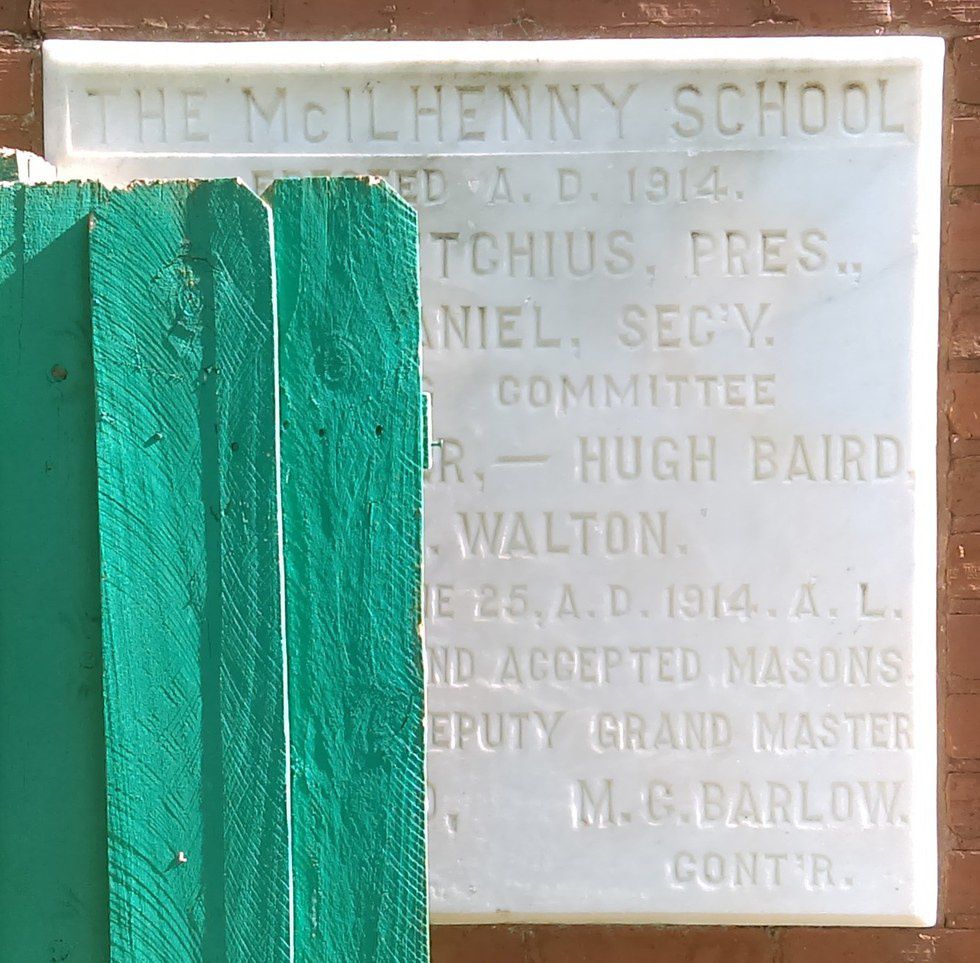
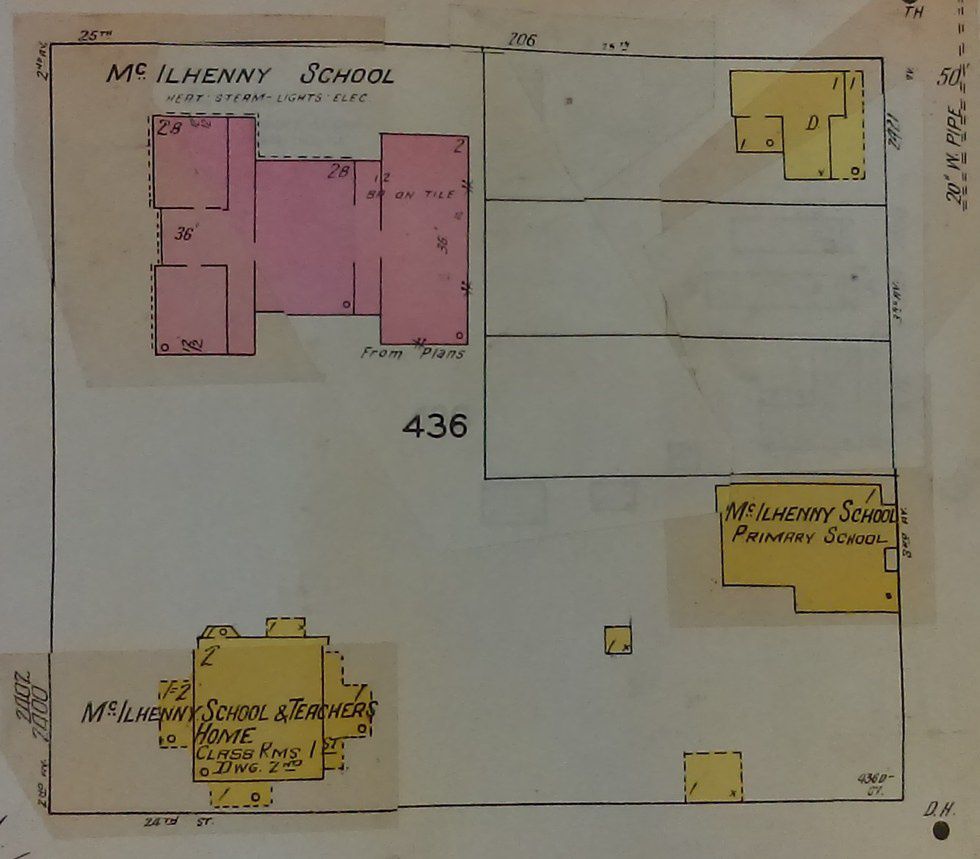
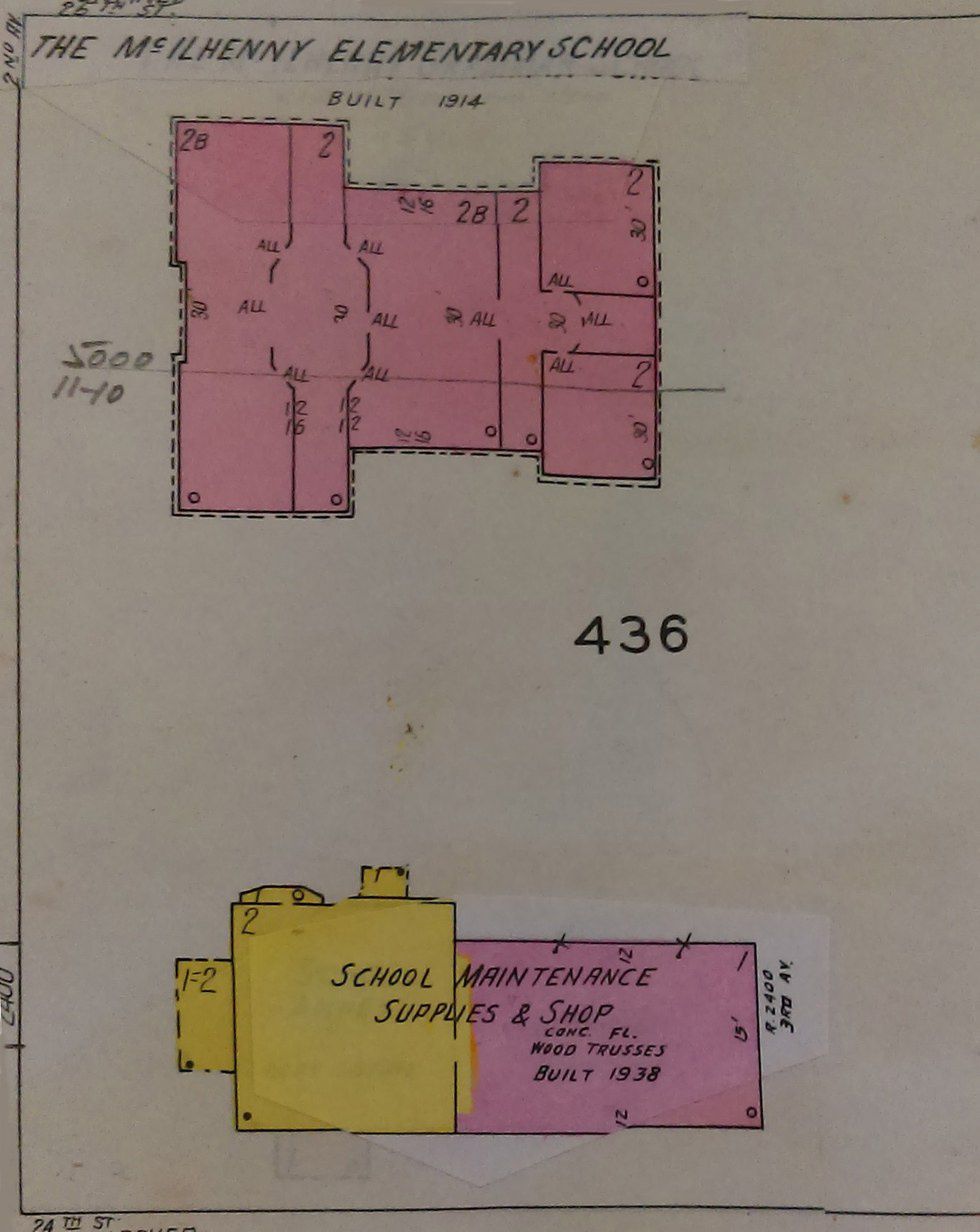
The building now houses apartments.
1. Rose Hill Public School
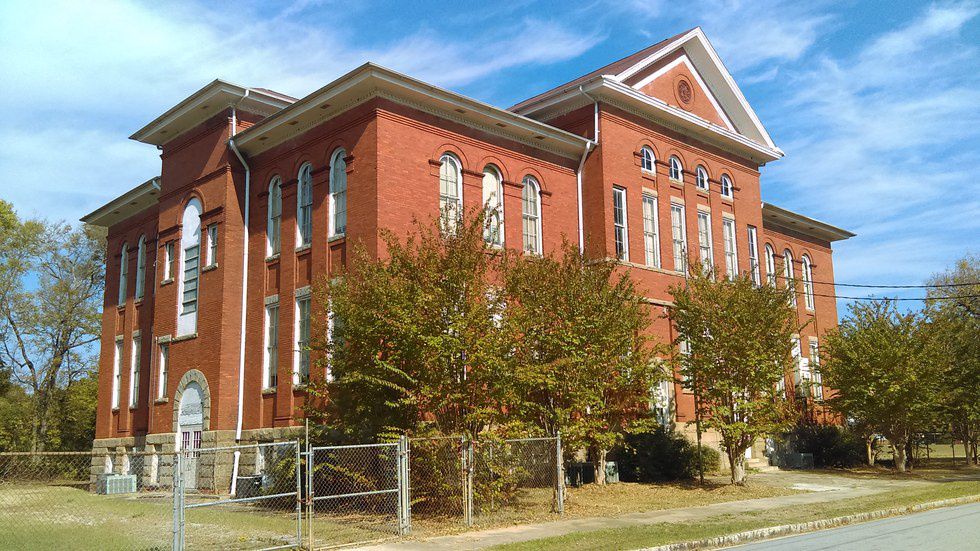
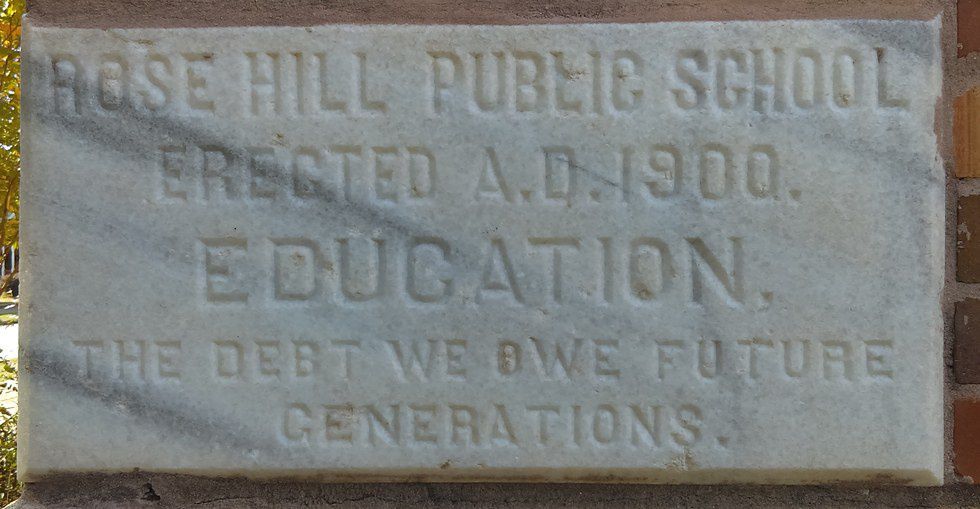
Freemasons sometimes perform the public cornerstone laying ceremony for notable buildings. This ceremony was described by The Cork Examiner of 13 January 1865 as follows:
...The Deputy Provincial Grand Master of Munster, applying the golden square and level to the stone said ; " My Lord Bishop, the stone has been proved and found to be 'fair work and square work' and fit to be laid as the foundation stone of this Holy Temple".' After this, Bishop Gregg spread cement over the stone with a trowel specially made for the occasion by John Hawkesworth, a silversmith and a jeweller. He then gave the stone three knocks with a mallet and declared the stone to be 'duly and truly laid'. The Deputy Provincial Grand Master of Munster poured offerings of corn, oil and wine over the stone after Bishop Gregg had declared it to be 'duly and truly laid'. The Provincial Grand Chaplain of the Masonic Order in Munster then read out the following prayer: 'May the Great Architect of the universe enable us as successfully to carry out and finish this work. May He protect the workmen from danger and accident, and long preserve the structure from decay; and may He grant us all our needed supply, the corn of nourishment, the wine of refreshment, and the oil of joy, Amen. So mote it be.' The choir and congregation then sang the Hundredth Psalm.
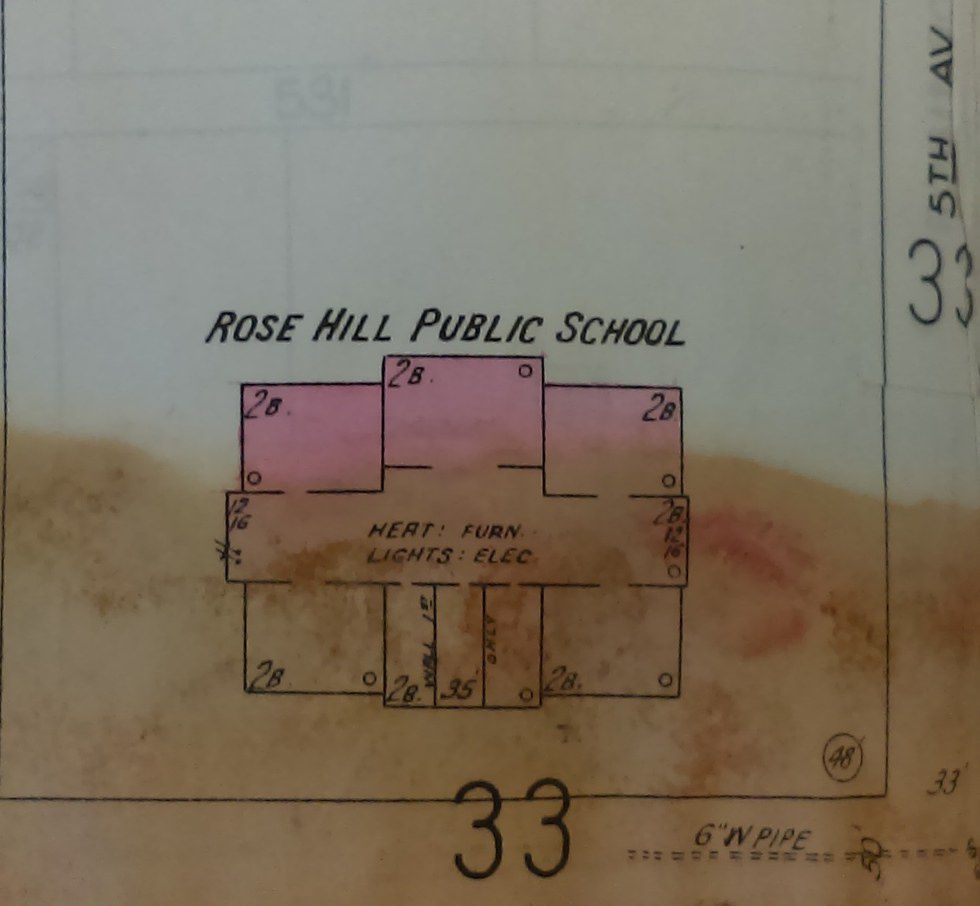
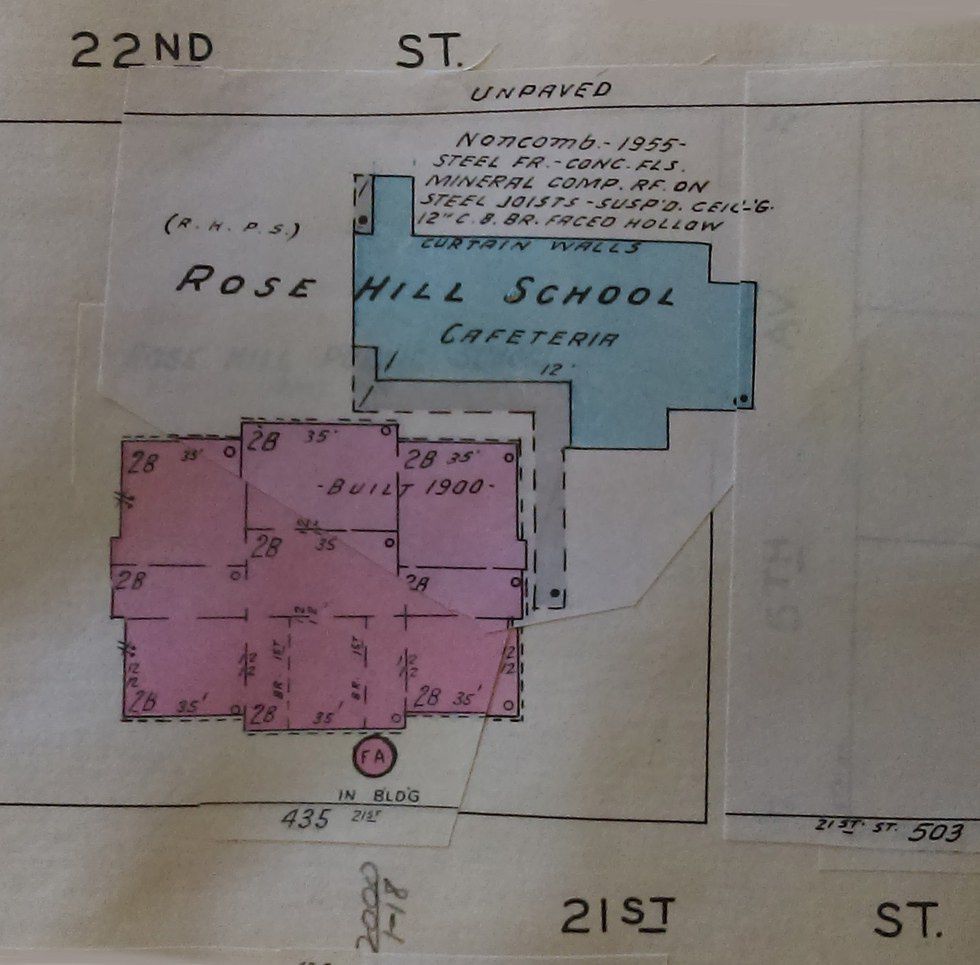
Only a fraction of the schools not continuing to instruct children and abandoned, examples of these buildings in and around Columbus are in the dozens. Part 2 will include another six, a few I have in mind already, but if you know of a particular school, or schools, deserving attention and love, leave a comment.
















